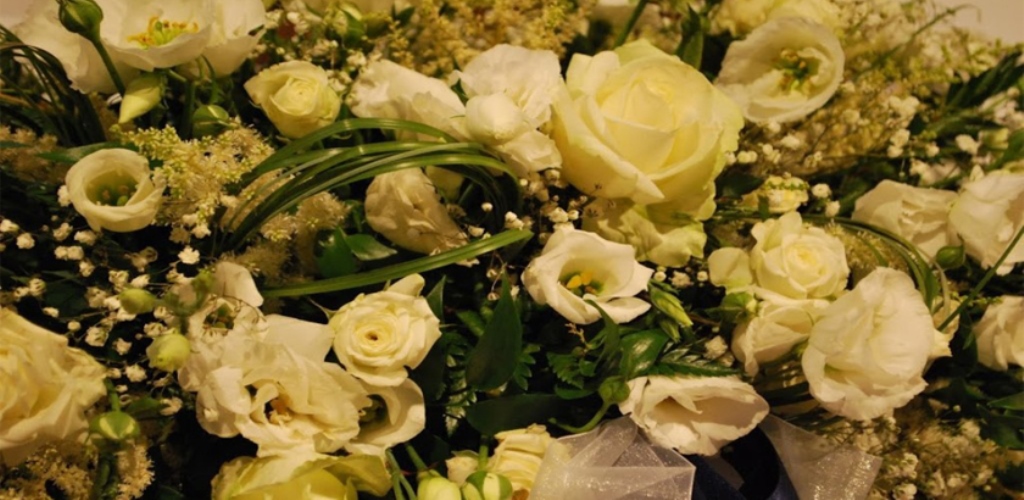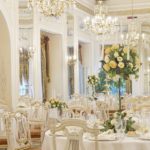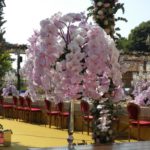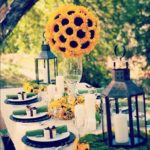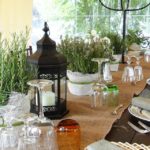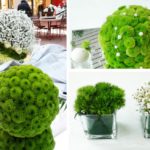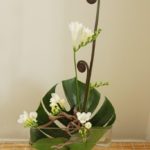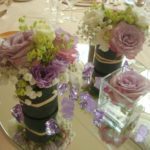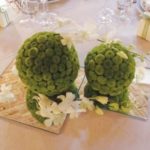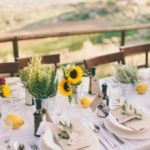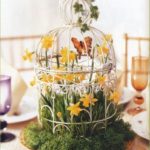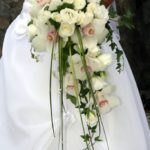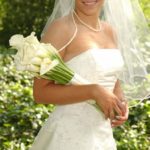Hello Friends!
The choice of the floral equipment, for a wedding or for different event, is really important and for doing the right choice you must consider the season, the entire event’s style and also the geometrical aspect of the event.
Sometime it is enough to have really clear what we want and talk with a professional floral designer, but 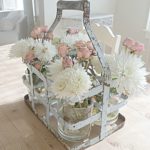 sometimes if you want to try to do things by yourself, or you want to be prepared to talk with a floral designer, or, at last, if you are really interested in the floral world… in all these cases this post is perfect for you.
sometimes if you want to try to do things by yourself, or you want to be prepared to talk with a floral designer, or, at last, if you are really interested in the floral world… in all these cases this post is perfect for you.
Let’s see some useful advices and all the things we should know when we talk about flowers.
- Categories
There are 3 categories determined by the size of the flower, the number of petals, the length of the stem and by the “health’s” status of the flower. The categories are: Extra – First – Second choice. The price is based on the category.
- When buying the flowers
There are some indexes to consider for evaluating the freshness of the flowers:
- The Stem: it should be stiff and wet in the end but it mustn’t be black or foul-smelling.
- The leaves: mustn’t be flaccid
- The petals: they have to be without stains or wavy.
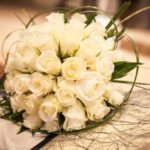 When you buy flowers you should remove the wrap as soon as you can because inside the wrap the flowers cannot breath. It is also good for the flower to cut slightly the end part of the stems and to put them in the water.
When you buy flowers you should remove the wrap as soon as you can because inside the wrap the flowers cannot breath. It is also good for the flower to cut slightly the end part of the stems and to put them in the water.
- Seasons and design styles
Usually for formal event, we tend to choose a combination with no more than two colors and congruent with the season of the event. The most used styles, especially for weddings, are:
- Romantic: with roses, gypsophila and green lisianthus, wrought iron candle holders;
- Rustic: daisies, sunflowers and gerberas. The ideal fabrics for this style is raphia, juta and linen.
- Chic: peonies, roses and calla lily. The style is based on crystals, candle holders and petals, the ideal fabric for this style is organdy.
- Ikebana: big leaves, green chrysanthemum and bamboo. Usually the flower are placed like triangles.
- Trendy: these compositions are based on glasses, mirrors and a lot of vases with different height.
- Geometric: it is based on spheres or cubes covered by flowers.
Whichever style you prefer, there are three indexes that you should consider always:
- The optic weight: is the visual feeling of weight that you have observing the combination of flowers. The optical weight depends from the position, the size, the shape of the combination and , of course from the number of flowers that are in the composition.
- Mass: this is the space occupied by the combination of flowers. Usually the combination of flowers should use ¼ of the available space, indeed for a best result, the combination should have an appropriate free space around.
- Optimal point ( or focal point): usually is the most important flower, the flower from which all the other turn around, a kind of starting point.
- Color theory
The color is the best element for creating a proper atmosphere or for modifying the existing one. Just a couple of quick examples: if you want to enlighten a place, you should use yellow or orange. If you want to optically reduce the space, you should use dark green or blue.
8 rules for a perfect floral centerpiece:
The centerpiece is the master piece in every occasion: in a wedding for completing the floral combinations, for a dinner or a job meeting for creating a more professional ambient, but also for a family’s formal dinner (like Christmas dinner, for example). If you follow the following 8 rules, you cannot fail:
- Proportions: The centerpiece’s size should be appropriate compared to the table size;
- Style: it should be coherent with the global ambient and theme;
- Color: it should be as well in harmony with the season, the ambient and the event’s style;
- Harmony: each decoration should perfectly match with the others;
- Number: if the centerpiece is composed from more than one piece, the pieces should be in odd number;
- Mirrors: for creating more space and more lights you could use a centerpiece with candles on the top of a mirror;
- Heights: you shouldn’t use centerpiece to high because they can avoid to your guest to see each other;
- Not only the centerpiece: a perfect table decoration is not composed only from the centerpiece, but also from other different little pieces like gems or petals close to the plates.
At last some suggestions for the bridal bouquet
The bridal bouquet depending from the shape of the bride and from the style of the wedding dress. The season influences the choice of the flowers as well. Following the most used types of bridal bouquets:
- Fallen Bouquet: it is quite big. It fits with ceremonial dress with long train and only for high brides;
- Open Bouquet: it is voluminous and composed by different species of flowers. It fits for skinny brides with quite short dress;
- Spherical and compact bouquet: it fits for all brides.
- Sheaf bouquet: in this bouquet the flowers’ stems are long. It fits for the high and elegant brides.
A last personal suggestion is to not throw away your flowers after the event. You can use them for few more days! 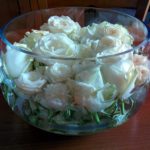 You should cut very short the stem and put the flower in a short vase with some water. The flowers float inside the vase and live for few more days. In the pic my wedding roses…. 5 days after the wedding!
You should cut very short the stem and put the flower in a short vase with some water. The flowers float inside the vase and live for few more days. In the pic my wedding roses…. 5 days after the wedding!
That’s all you should know about floral designer of an event.
I hope you like this post and I hope that it could be useful for those of you who love the floral design world. I think it could be as well a good starting point for being prepared to the speech with your wedding floral designer!
Let me know what do you think about this particular topic in the comment box below!
We’ll see soon with new suggestions!
Stay tuned!
Trick in this Post: 1. Let’s talk about the floral design world; 2. How recognise the flowers’ categories; 3. When to buy flowers; 4. Different combinations and styles; 5. Knowing optical weight, mass and optimal point; 6. How to choose the right color; 7. The perfect Centerpiece; 8. Some suggestions for the bridal bouquet.
